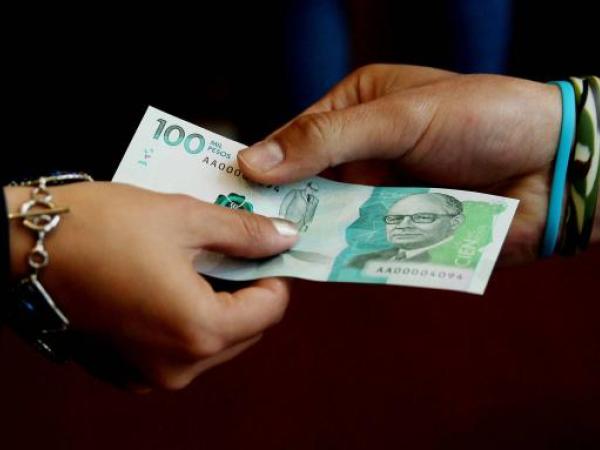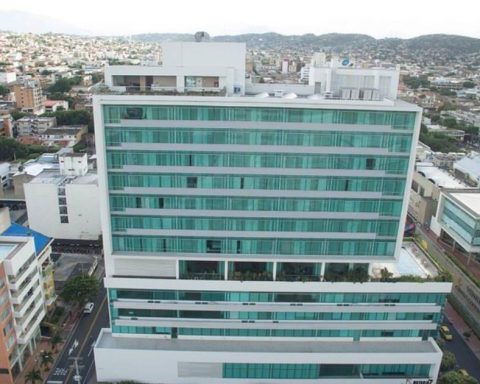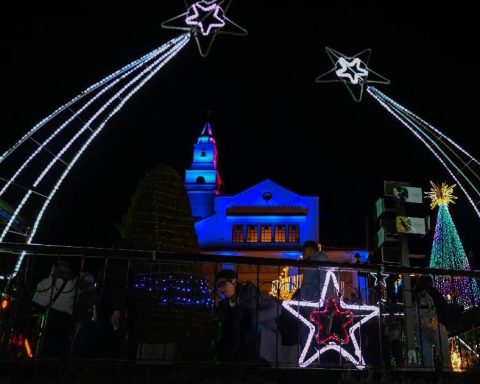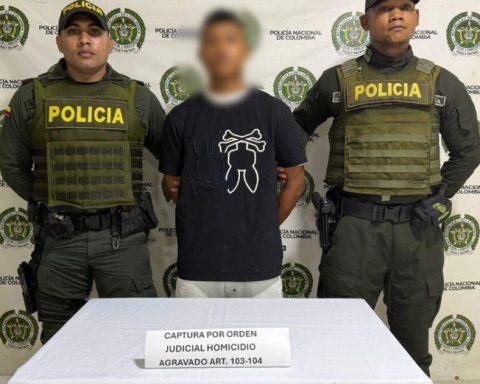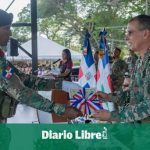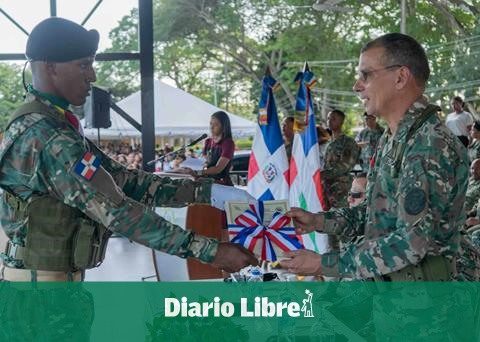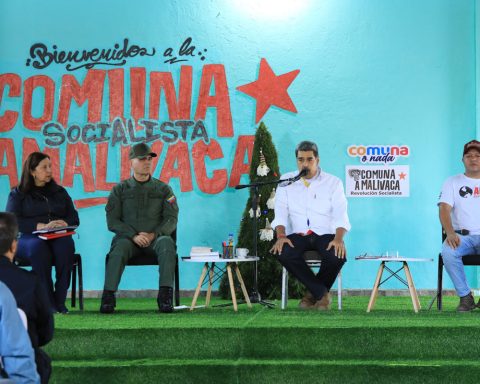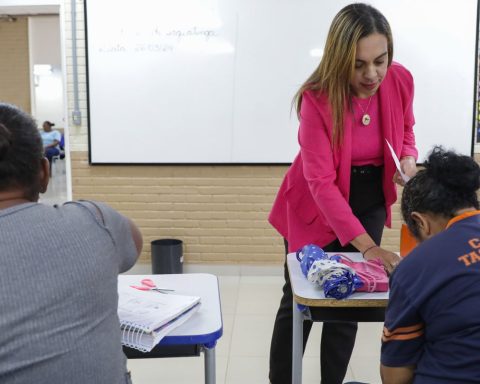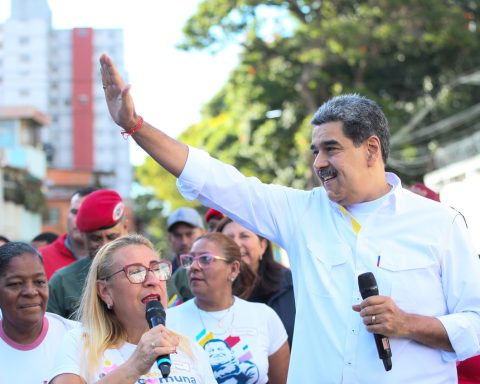With the transfer programs, Social Prosperity seeks to reduce the social gap between those families with limited resources and who find it difficult to buy basic necessities. For this reason, the devolution of VAT has become a fundamental tool to limit these difficulties. When are payments made?
How many people receive this aid?
According to official data, the return of part of the Value Added Tax (VAT), is received by two million beneficiaries. Registration is not required to belong to this program, since it is granted using information from Sisbén IV and/or the Social Registry of Households.
The only essential requirement is that households keep their information updated in the municipality where they reside. To do this, they can:
1. Enter https://autenticaciondigital.and.gov.co/ to confirm.
2. Change your group in the Sisben IV
(FURTHER: VAT refund 2024: how to check if you are a beneficiary with your ID number?)
When do you pay the VAT refund?
During this presidential term, Two major payments have been made, one at the end of 2023 and the second between June and July 2024.
The third cycle took place this week in September, while cycles 4 and 5 will be carried out on October 30 and December 26, respectively.
(READ: Citizen Income: How do I know if my payment is in SuperGIROS?)
How much money will you receive in total this 2024 for the VAT Refund?
VAT refund
Photomontage from iStock and Prosperidad Social images
In 2024, the beneficiaries of the VAT refund In Colombia, they will receive a monthly amount of 99,876 Colombian pesos, which corresponds to 2.1221 UVT (Tax Value Unit).
Following this logic, so far, each household has had the opportunity to accumulate a total of 599,999 Colombian pesos. A significant relief for the economy of each family group.
What were the selection criteria for 2024?
1. Sisbén levels: Households must be classified in levels A1 to A5 and B1 to B4 of Sisbén IV. For its part, the Social Household Registry (RSH) complements the information necessary to grant the corresponding benefit to each family.
2. Inclusion of Indigenous Households: Indigenous households registered in lists of indigenous populations collected by the Department for Social Prosperity were included.
3. Removal of Previous Restrictions
